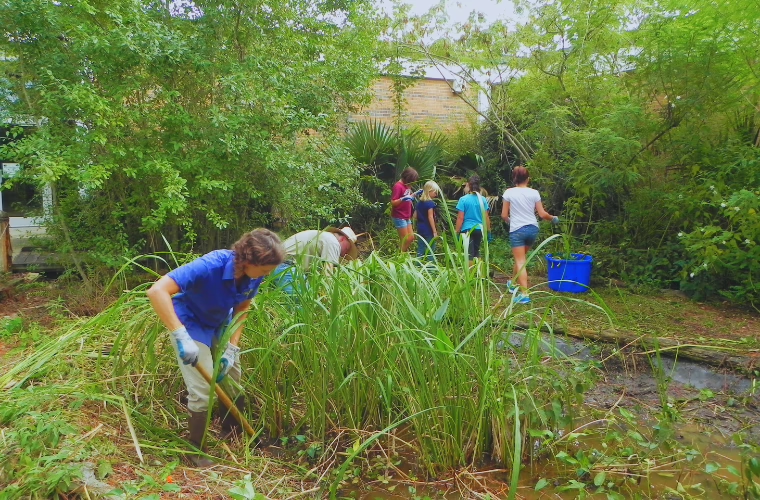June 12, 2023 @ 6:45 pm – 8:30 pm
Please join us for our chapter meeting on Zoom!
6:35 Meeting open for socializing
6:45 Business Meeting
6:55 Plant of the Month
7:00 Guest Speaker
For centuries, mathematicians, artists, and architects have studied and used the Fibonacci sequence to create meaningful projects and great works of art. This presentation will explain the origins of this amazing phenomenon, which can be found in our everyday experiences, and inspire viewers to have a greater appreciation for geometry, nature, and native plants. Please have a sheet of graph paper and a pencil to play along.
About the Speaker
With 30 years of experience as a registered landscape architect, Diana Wilson, member of the Williamson County Chapter of Native Plant Society, is a dedicated proponent of native plants, sustainable development, resource protection, and preservation. Diana has extensive experience in park planning, site design and planting design. She has executed all phases of development for projects from local and regional planning to large-scale capital projects involving budgets exceeding $9 million. Diana is currently the director of planning with Burditt Land Place, which is an integrated planning and design firm founded in the disciplines of community planning, landscape architecture, architecture and natural systems.
Register in advance for this meeting.
After registering, you will receive a confirmation email containing information about joining the meeting.
This is a FREE EVENT, but please register to join the meeting and participate in the Q&A. This meeting may also be live streamed on our Facebook page.
Meetings are open to members and non-members. If you would like to become a member, you may join online. For more information about the Native Plant Society of Texas and the benefits of membership please visit: www.npsot.org.
Hosted by Environmental Institute of Houston, University of Houston-Clear Lake
Related Events
-
Ed White Elementary School Habitat Work Day – Water Smart Conservation Education
January 20 @ 10:00 am – 12:00 pm






